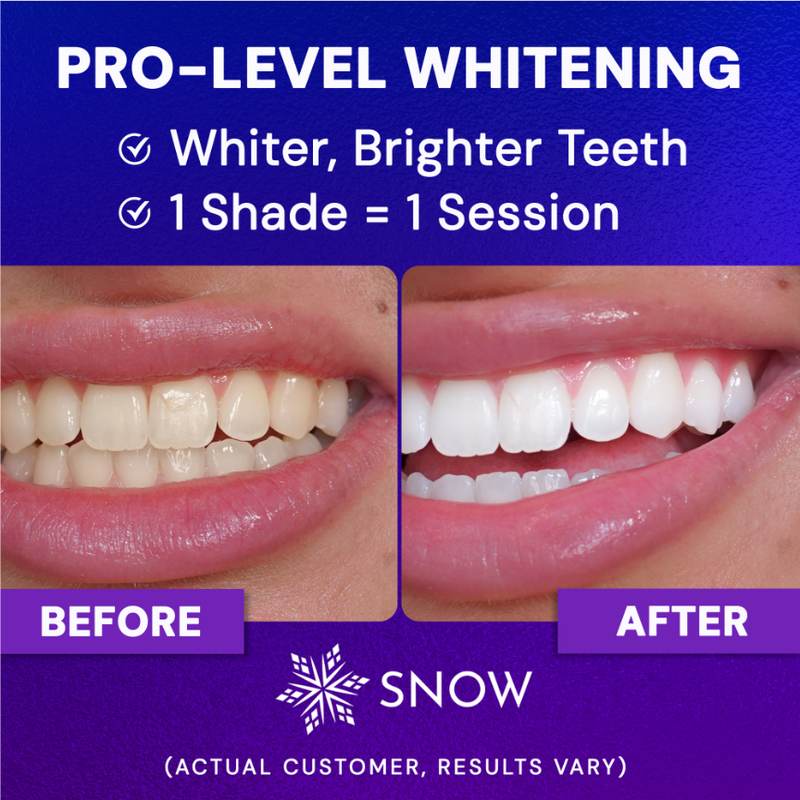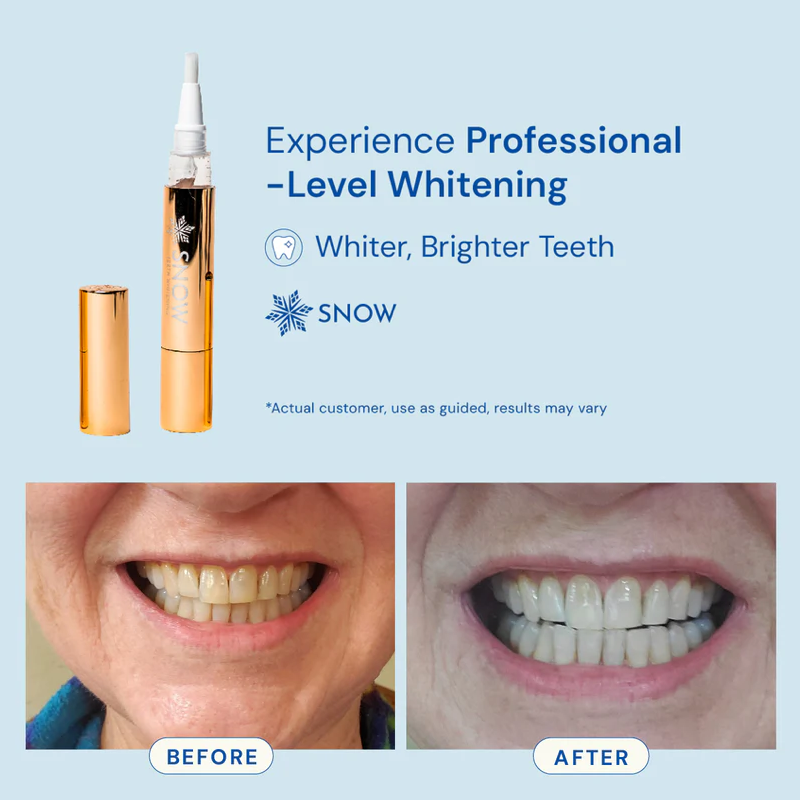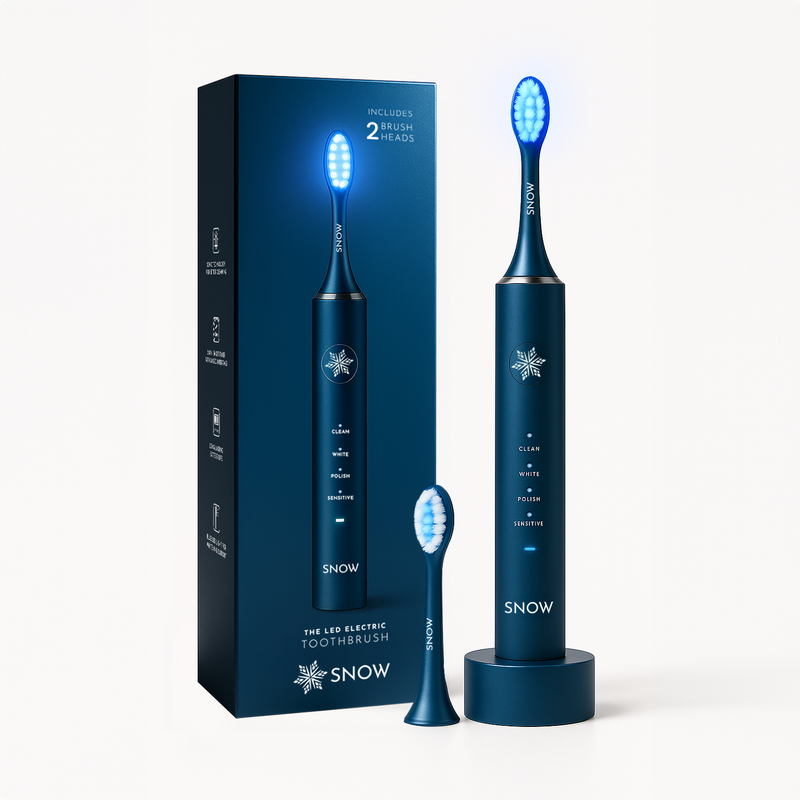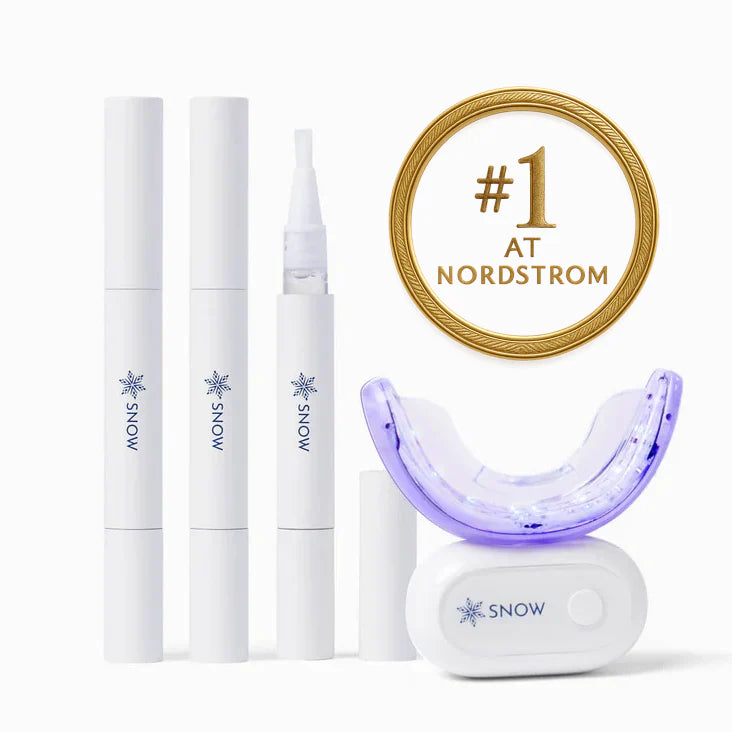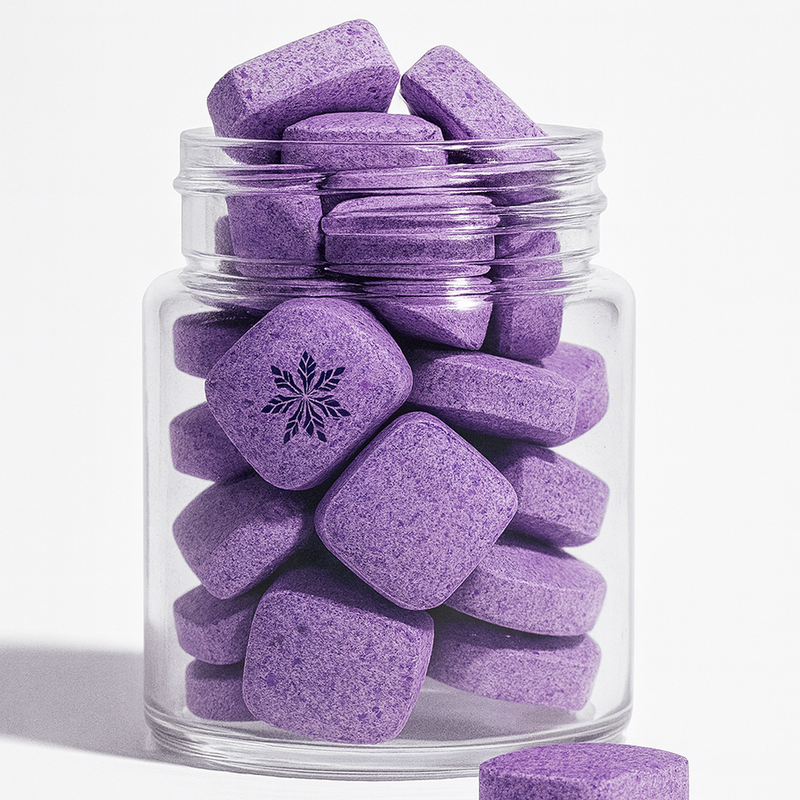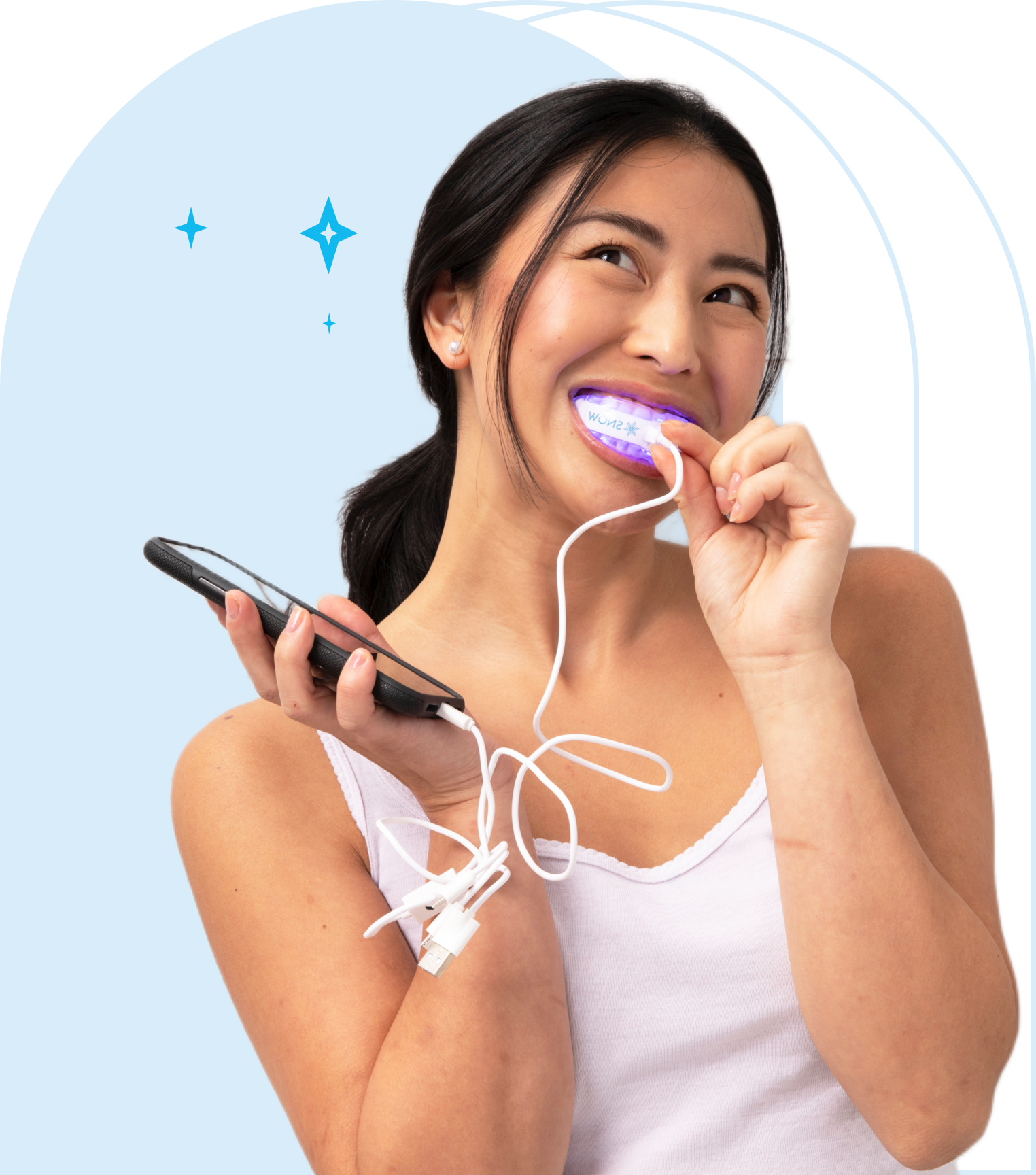Teeth whitening technology has come a long way, with many people turning to light-based machines for faster, more noticeable results. If you’ve been asking yourself how do teeth whitening machines work, the answer lies in the way these devices use LED, UV, or laser light to activate whitening gels and break down surface stains. In this complete guide, we’ll explore the science, the different types of machines, and what to expect from each treatment method.
Key Takeaways
-
Teeth whitening machines utilize light activation in conjunction with bleaching gels to efficiently remove stains and enhance whitening results through technologies like LED, UV, and laser.
-
The choice of light technology, whether LED for cool efficiency, UV for strong activation, or laser for precision, plays a crucial role in optimizing the whitening process and its effectiveness.
-
While teeth whitening treatments are generally safe, potential risks such as increased tooth sensitivity and gum irritation necessitate professional supervision and careful adherence to guidelines.
What Are Teeth Whitening Machines and How Do They Work?
Teeth whitening machines are designed to remove stains and tooth discoloration, helping you achieve a brighter, whiter smile quickly and efficiently. These devices enhance the teeth whitening process by using light or heat to activate powerful whitening gels.
By combining LED, UV, or laser light with bleaching agents like hydrogen peroxide, the machines accelerate the breakdown of stains. This makes results more noticeable and faster than with traditional at-home whitening methods alone.
You’ll now find these machines across many settings—from dental clinics and cosmetic dentistry offices to at-home whitening kits. Understanding how teeth whitening machines work can help you decide which option is best suited to your whitening goals and lifestyle. However, access to these treatments may depend on your budget, as they are not typically covered by insurance.
Whether you’re addressing extrinsic stains from coffee, red wine, and food, or deeper intrinsic stains caused by medications, high levels of fluoride exposure, or aging-related enamel thinning, these machines offer a modern, effective approach to tooth bleaching.
The Mechanism of Teeth Whitening Machines
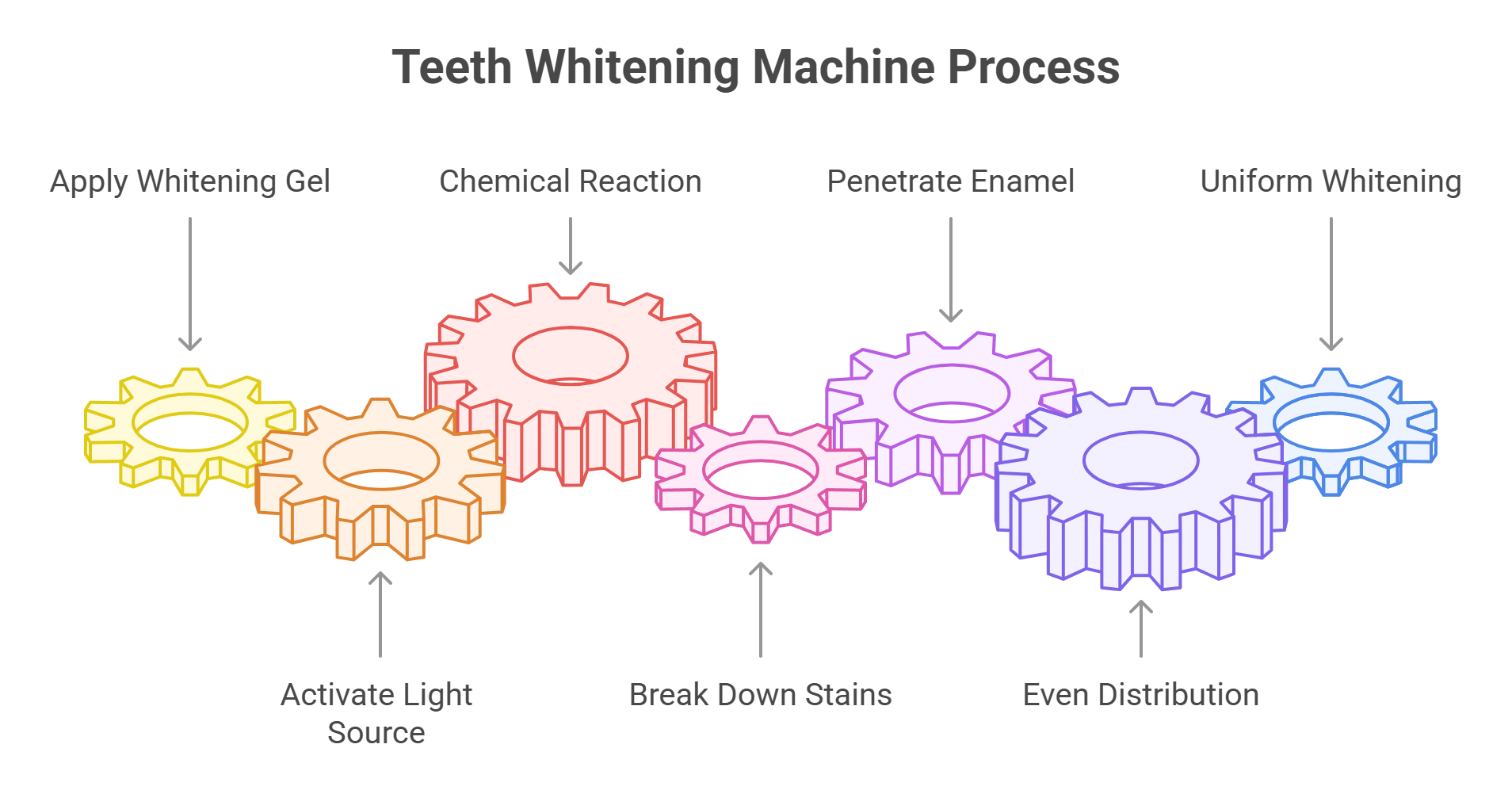
Teeth whitening machines use light activation to enhance the effectiveness of whitening agents present in gels, with the bleaching agent serving as the active substance in these gels. When the machine emits light, it activates the chemicals in the whitening gel, leading to a chemical reaction that breaks down tooth stains on the tooth’s surface.
The common light technologies used in these machines include LED, UV, and laser, each offering unique benefits to ensure thorough and even whitening. This light activation not only helps in better penetration of the whitening agents into the enamel but also ensures an even distribution of bleach across the teeth, resulting in a uniform chemical reactions effect.
Different teeth whitening methods include:
-
LED teeth whitening: operates at cooler temperatures, is energy-efficient, provides rapid results with minimal discomfort. This is how led teeth whitening work.
-
UV light: offers strong activation of the bleaching gels but can lead to potential risks like increased tooth sensitivity and soft tissue damage if not used properly.
-
Laser whitening: known for its precision and ability to yield faster results, making it a popular choice for professional treatments.
Understanding how these machines work helps in choosing the right type of light technology that suits your needs. The combination of light and whitening gel ensures that the bleaching agents are activated effectively, leading to significant improvements in the color of your teeth.
Types of Light Technology in Teeth Whitening Machines

Modern teeth whitening machines rely on three main types of light to enhance the whitening process: LED, UV, and laser. Each technology activates the whitening gel differently, offering unique benefits depending on your goals, comfort level, and setting (in-office or at home).
Here’s how each light works and what sets them apart.
LED Light Technology
LED lights, or light emitting diode, are a popular choice in teeth whitening machines due to their energy efficiency and cool operating temperatures. One of the standout products using LED technology is the CICADA Bleaching Machine, which features a high power BLUE LED known for its effectiveness in the whitening process. The blue light emitted by the LED enhances the activation of the whitening gel, leading to quicker and more noticeable results with minimal discomfort.
This advanced technology provides fast results while ensuring the whitening process is gentle on the gums and tooth enamel. Using LED lights, these machines minimize the risk of overheating and reduce the likelihood of increased tooth sensitivity, making them a preferred choice for many users while also protecting the tooth surface.
UV Light Technology
UV light, or ultraviolet light, is another powerful technology used in teeth whitening machines. It provides strong activation for bleaching gels, significantly enhancing the bleaching process. The use of UV light in whitening treatments can lead to faster and more effective results, as the high-energy light penetrates deeply into the tooth enamel, breaking down stains more efficiently.
However, it’s important to be aware of the potential risks associated with UV light. Prolonged exposure can lead to dehydration of the teeth, resulting in increased sensitivity and potential damage to soft tissues. Therefore, using UV light whitening treatments under professional supervision is crucial for safety and effectiveness.
Laser Light Technology
Laser light technology is renowned for its precision and ability to achieve faster results compared to other light technologies. Laser whitening systems are designed to provide focused light activation, ensuring that the whitening agents work more effectively on the teeth. This advanced technology allows for quicker results, often in just one session, making it a popular choice for in-office treatments.
Given the precision and speed of laser whitening, these treatments are generally more expensive than other methods. However, the investment is often justified by the superior results and the reduced time required to achieve a whiter smile.
The Role of Whitening Gels
Whitening gels play a critical role in the teeth whitening process. These gels typically contain:
-
Hydrogen peroxide or carbamide peroxide as their main active ingredients (these are common bleaching agents used in whitening gels).
-
Hydrogen peroxide, the most common whitening agent used in whitening treatments, breaks down into water and oxygen to lighten stains on the teeth. However, it can also cause tooth sensitivity and gum irritation during the whitening process.
-
The effectiveness of these gels can vary based on the concentration of hydrogen peroxide, with higher concentrations yielding more significant results. Additionally, hydrogen peroxide treatments can enhance the overall whitening process.
Proper usage of whitening gels maximizes their effectiveness and minimizes potential side effects. Key points to follow include:
-
Ensuring the gel is evenly distributed
-
Avoiding contact with the gums to prevent irritation
-
Considering the type of stains being treated, as whitening gels are effective against both extrinsic stains on the tooth’s surface and intrinsic stains within the tooth Following these instructions helps achieve the best results.
Bleaching products include a variety of gels and solutions designed for both professional and at-home use.
While generally safe, improper use or overuse of whitening gels can lead to increased tooth sensitivity and gum irritation. Consulting with a dental professional before starting any whitening treatment ensures that the products are used correctly and safely.
Benefits of Using Teeth Whitening Machines
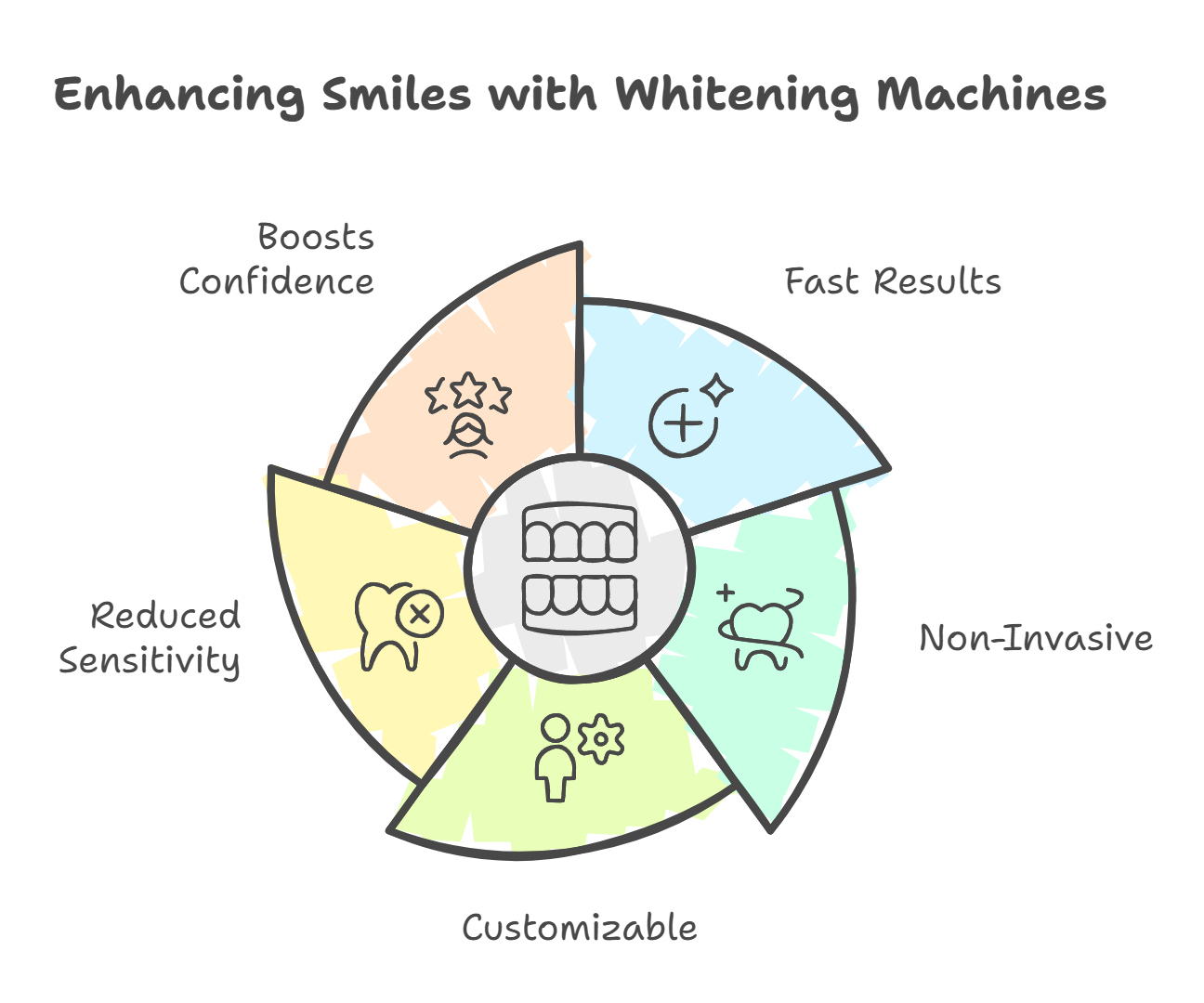
Teeth whitening machines offer a range of benefits that make them a popular choice for fast, effective smile enhancement. Here’s what makes them stand out:
1. Fast and Noticeable Results
Many users see visibly whiter teeth after just one session. Machines using LED or laser light can lighten teeth by several shades quickly—ideal for upcoming events, photoshoots, or professional settings.
2. Non-Invasive and Painless
These treatments are typically non-invasive and cause little to no discomfort. Unlike some whitening strips or abrasive pastes, the use of light-activated gel is gentle on gums and tooth enamel.
3. Customizable Treatment Options
Most teeth whitening machines allow for adjustments in treatment intensity, making them suitable for various levels of tooth sensitivity and whitening goals. Whether you're whitening light stains or deeper discoloration, the process can be tailored to your needs.
4. Reduced Tooth Sensitivity
Thanks to the controlled light exposure—especially with LED teeth whitening—these machines minimize the risk of tooth sensitivity during and after treatment compared to some traditional methods.
5. Boosts Self-Confidence
A whiter smile can boost your self-esteem and improve how you feel in social or professional situations. People often report feeling more confident and approachable after treatment.
Safety Considerations and Potential Risks
While teeth whitening treatments are generally safe, there are potential risks and side effects to be aware of:
-
Increased tooth sensitivity, which can occur due to the concentration of the whitening agents used. This sensitivity is usually temporary but can be uncomfortable for some users.
-
Enamel damage caused by improper use of whitening products.
-
Gum irritation resulting from improper use of whitening products.
To minimize these risks, consider the following:
-
Use whitening products under professional supervision.
-
Follow the product instructions carefully.
-
Consult with a dental professional to ensure the treatment is appropriate for your teeth and to manage any potential side effects.
-
Look for over the counter products with the ADA Seal of Acceptance, indicating they are safe and effective.
UV light whitening systems, while effective, pose additional risks such as dehydration of the teeth and damage to soft tissues due to extended UV exposure. Therefore, using these systems only under the guidance of a dental professional is crucial to ensure safe and effective results.
How to Choose the Best Teeth Whitening Machine
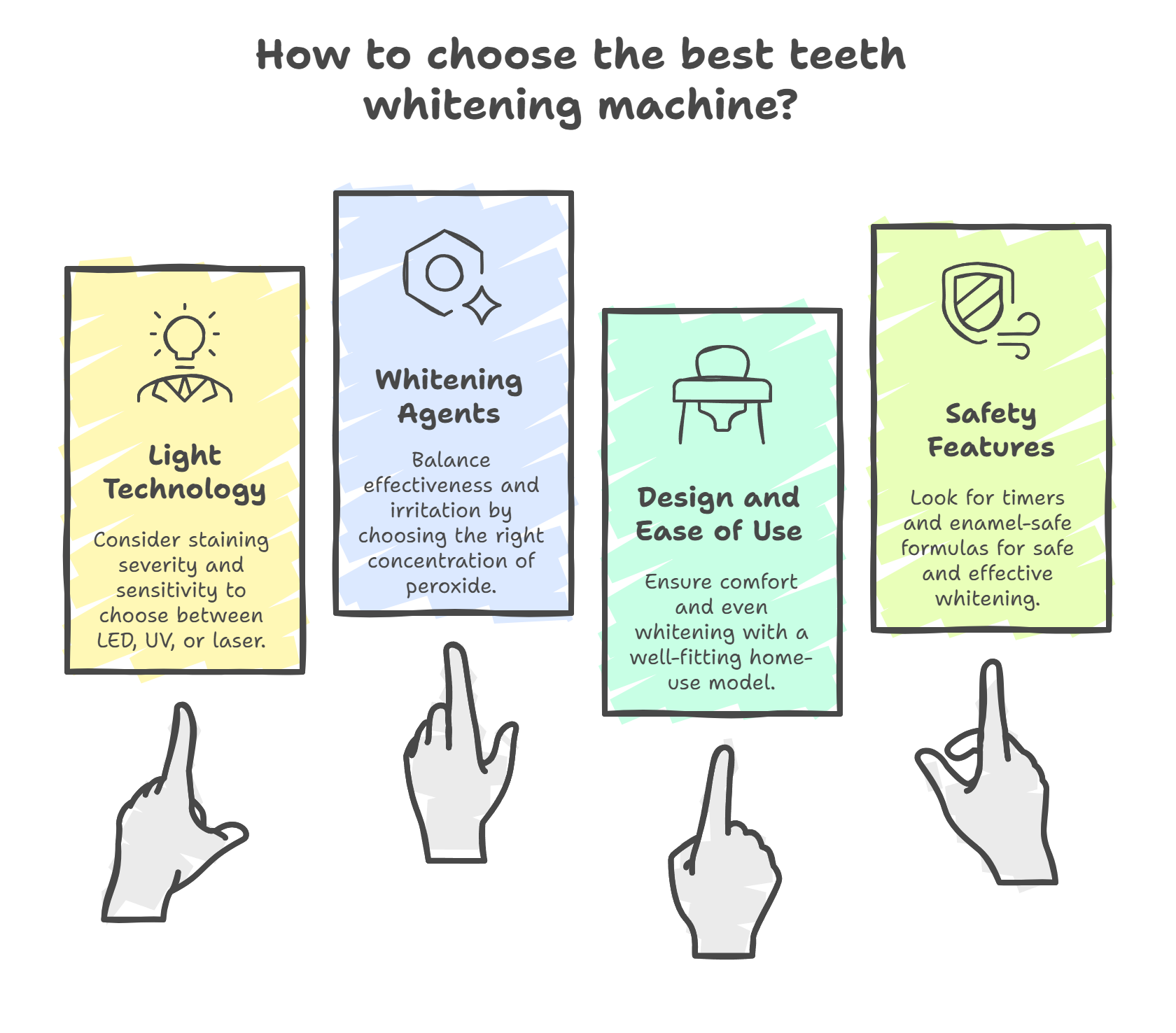
Selecting the right teeth whitening machine depends on your goals, sensitivity level, and budget. Whether you're looking for an at-home kit or a professional-grade device, here are the key factors to consider:
-
Type of Light Technology: LED, UV, and laser each offer different speeds, intensities, and levels of comfort. Consider your staining severity and sensitivity before choosing a light type.
-
Strength of Whitening Agents: The concentration of peroxide or other bleaching agents determines both the effectiveness and potential for irritation. Higher concentrations may offer faster results but should be used with caution or under professional supervision.
-
Design and Ease of Use: Choose a machine that fits comfortably, especially if it's a home-use model. A good fit ensures better gel application and even whitening across the teeth.
-
Safety Features: Look for features like built-in timers, auto shut-off, or enamel-safe gel formulas—especially if you’re new to whitening.
Whenever possible, consult a dental professional to help evaluate your specific oral health status and make sure the product you’re considering aligns with your goals. Choosing the right teeth whitening machine can lead to faster results, fewer side effects, and a whiter, healthier-looking smile.
Professional vs. At-Home Teeth Whitening Machines
When it comes to whitening your teeth, both professional machines and at-home whitening kits have their advantages. The right choice depends on your whitening goals, budget, and timeline. In-office whitening sessions can be expensive and are usually not covered by insurance, making at-home kits a more budget-friendly alternative for many.
Professional teeth whitening treatments deliver faster, more dramatic results—often brightening teeth by several shades in just one session. These procedures are performed under the care of a dental professional, using high-grade equipment and strong whitening solutions. They’re highly effective, but usually come at a higher cost.
On the other hand, at-home whitening kits allow you to whiten at your own pace. They typically use custom trays or LED lights for a better fit and gradual whitening. While results take longer, often requiring daily use for several weeks, at-home options are more affordable and a great way to maintain your smile between in-office sessions.
Quick Comparison: Professional vs. At-Home Whitening
|
Feature |
||
|
Speed of Results |
Immediate (1–2 sessions) |
Gradual (several days to weeks) |
|
Whitening Power |
Stronger whitening agents |
Lower concentrations |
|
Safety Supervision |
Performed by dental professionals |
Self-applied |
|
Cost |
Higher (due to clinical setting & tech) |
More affordable |
|
Convenience |
Requires appointment |
Use anytime at home |
|
Ideal For |
Deep stains, fast results |
Maintenance, lighter discoloration |
If you’re looking for rapid, high-impact results, professional teeth whitening machines are the way to go. If you prefer convenience and affordability, at-home whitening treatments may be the better fit. Either way, consulting a dental professional can help guide you to the safest and most effective solution to whiten teeth confidently.
How Teeth Whitening Machines Work Wrapped Up
Teeth whitening machines have revolutionized the way we achieve a brighter smile, offering quick, effective, and customizable solutions. By understanding the mechanisms of these machines, the role of whitening gels, and the different types of light technologies available, you can make informed decisions about your whitening treatments. Whether opting for professional or at-home solutions, the key is to choose a method that meets your needs and ensures safe, effective results.
A radiant smile can boost your confidence and enhance your interactions with others. By investing in the right teeth whitening treatments, you can enjoy the benefits of a whiter smile and the increased self-assurance that comes with it. Embrace the journey to a brighter smile and let your confidence shine through.
Frequently Asked Questions
Do teeth whitening devices actually work?
Teeth whitening machines work by utilizing light activation to boost the effectiveness of whitening gels, which penetrate and break down surface stains on teeth, resulting in quick and noticeable improvements.
Do UV lights really help whiten teeth?
UV light is one of the light technologies used in teeth whitening machines. It provides strong activation for bleaching gels, enhancing the whitening process by penetrating deep into the tooth enamel to break down stains more effectively. However, its use requires professional supervision due to potential risks like increased tooth sensitivity and soft tissue damage.
Should you brush your teeth before or after bleaching?
It is generally recommended to brush your teeth before using whitening treatments to remove plaque and debris, ensuring the whitening gel can work directly on the tooth surface. After bleaching, avoid brushing immediately to prevent irritation, and follow your dental professional’s instructions for post-treatment care.
Can yellow teeth become white again?
Yes, yellow teeth can become whiter through effective teeth whitening treatments. Whitening gels containing hydrogen peroxide or carbamide peroxide break down stains on the tooth surface and within the enamel. Professional teeth whitening treatments often yield faster and more noticeable results, but at-home kits can also gradually improve tooth color over time.















































